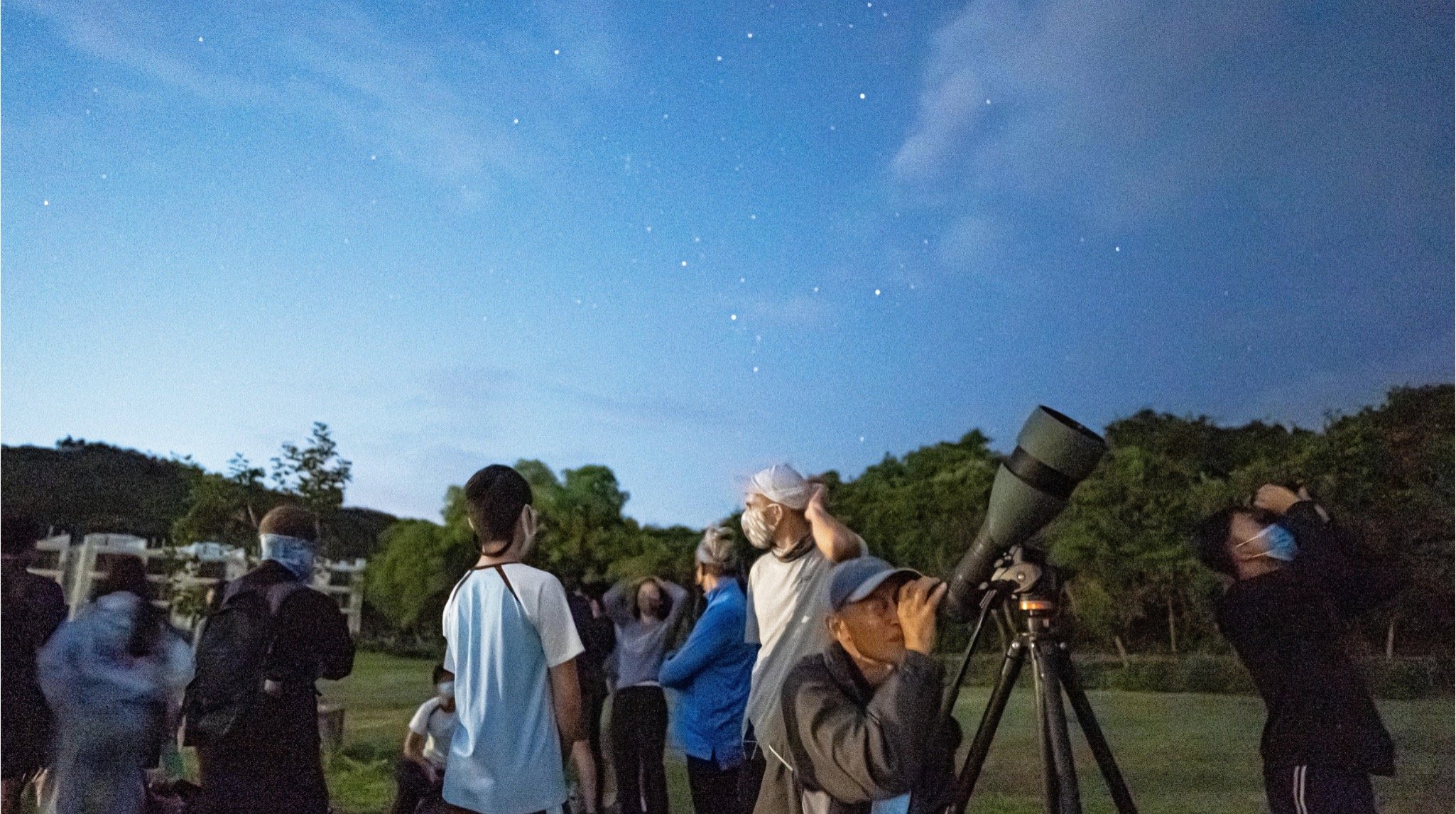
夜間觀星
STARGAZING
KS1
KS2
KS3
KS4
S
T
R
E
A
M
-
參與者通過肉眼及其他輔助設備,可以觀察到時令的星座,由此培養對天文學的認識和興趣。
Participants can observe the seasonal constellations with the naked eye and other auxiliary equipment, thereby cultivating their understanding and interest in astronomy.
目標 Learning Objectives
成果 Learning Outcomes
-
參與者將能夠了解到時令星座的名稱、形狀、變化軌跡,同時還可以了解到專業天文望遠鏡的基礎構造及使用方法。
Participants will be able to learn the names, shapes, and changing trajectories of seasonal constellations, also the basic structure and use of professional astronomical telescopes.
-
在開闊的場地上,導師將引導參與者觀察星體並聯繫成星座;不同季節可觀測的星座不同。
In the open field, the instructor will guide the participants to observe the stars and connect them into constellations.
-
參與者將能夠親身體驗專業級別的天文望遠鏡,了解基本的使用方法並用其觀察不同星體。
Participants will be able to experience a professional-level astronomical telescope first-hand, understand the basic usage and use it to observe different stars.
課程內容 Learning Activities
研究問題 Key Questions:
影響星星是否可見的因素有哪些?
What are the factors that affect whether stars are visible?
是否能將星座的形狀及其名稱聯想在一起?
Can you associate the shapes of the constellations with their names?
天文望遠鏡與普通望遠鏡的區別在哪裡?
What’s the difference between an astronomical telescope and an ordinary one?
如何使用天文望遠鏡?
How to use an astronomical telescope?


